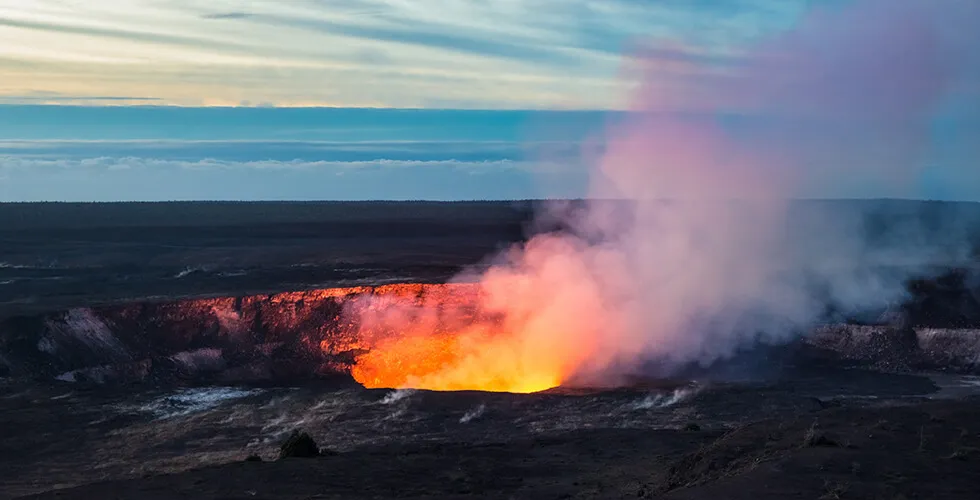
The U.S. Geological Survey (USGS) has issued a sobering alert: three U.S. volcanoes—Kilauea in Hawaii, Mount Spurr in Alaska, and Axial Seamount off the coast of Washington—are showing signs of potential eruption in the coming hours, days, or weeks. While not all are likely to affect populated areas, the warning serves as a critical reminder that those living in or visiting volcanic regions should remain alert and prepared.
Kilauea, one of the world’s most active volcanoes, is poised to enter its 15th eruptive episode since December 2024. Although the eruption is currently paused, scientists from the Hawaii Volcano Observatory (HVO) believe renewed activity inside Hawaii Volcanoes National Park is imminent. Hazards such as volcanic gases and sharp, windblown glass particles (Pele’s Hair) may pose risks to park visitors and nearby residents.
Further north, Mount Spurr near Anchorage, Alaska, is showing increased seismic activity. The Alaska Volcano Observatory (AVO) is monitoring tremors and subtle geological shifts that suggest magma may be moving closer to the surface. Given its proximity to Anchorage and its critical airport—one of the busiest for cargo in the world—an eruption could severely disrupt aviation and public safety.
Meanwhile, Axial Seamount, a massive underwater volcano 300 miles off Washington’s coast, is swelling rapidly. Though eruptions here are not explosive and likely won’t cause tsunamis, the event would release billions of cubic feet of lava across the seafloor. While it poses little danger to land, it highlights the power and unpredictability of the Earth’s geology.
Authorities urge residents and travelers to monitor official USGS updates and be ready to act quickly..

